Mar 25, 2025
5 min read
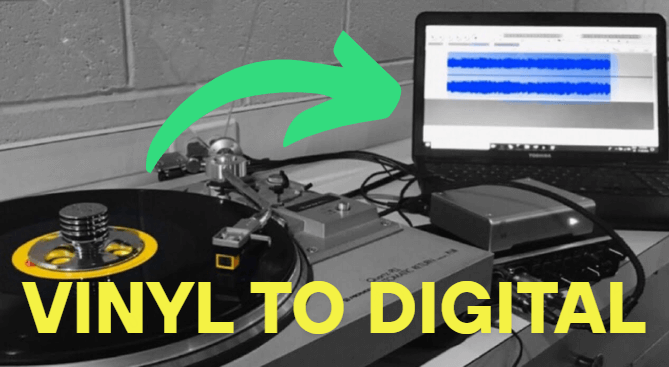
Vinyl records have a warmer, more nostalgic sound quality than computers, but they are fragile and not easy to play. They also have a shorter lifespan and get worse the more you play them.
Converting vinyl to digital allows you to preserve your favourite records, listen to them anywhere, and improve their sound quality.
In this blog, we'll help you choose the best tools and show you how to change vinyl to digital. Let's protect your music collection!
Part 1:What Is Converting Vinyl to Digital?
Converting vinyl to digital means transforming analog audio from vinyl records into a digital format like MP3, WAV, or FLAC.
This allows you listen to your favourite vinyl albums on modern devices like smartphones, computers, and streaming services without worrying about the condition of the records.
Many music lovers choose to digitise their vinyl to protect rare records, create backups, or simply make their music collection more accessible.
With the best vinyl to digital converters, you can digitise your records without losing the high-quality and keeping the warm tones that vinyl is known for.
1. Benefits of Converting Vinyl to Digital
Preserve Your Vinyl Collection
Vinyl records can be easily damaged by dust, scratches or improper storage. Digitising your records helps protect their sound quality and longevity, ensuring that your favourite tracks remain available even if the original vinyl is damaged.
Enjoy Your Music Anywhere
Unlike vinyl, digital files can be played on multiple devices, from smartphones to smart speakers. Once digitised, your music is no longer limited to a turntable - you can create playlists, stream on the go or even integrate with cloud storage.
Share and Remix Your Music
Digitised vinyl can be shared with friends, used in DJ mixes or even enhanced with audio editing software. Whether you want to introduce someone to a classic record or sample an old track for a new project, digital formats make it possible.
2. What Audio Formats Can You Use?
When converting vinyl to digital, you'll need to choose an audio format based on quality, file size, and compatibility:

For most people, FLAC is the best choice because it keeps the sound quality the same but saves space. If you want to store raw, uncompressed audio, WAV is ideal, but it takes up more space. MP3 is great for casual listening and portability.
Now that you know what vinyl-to-digital conversion is and why it's useful, let's check the essential equipment you need to get started!
Part 2:Essential Vinyl-to-Digital Equipment Checklist
Before you start converting vinyl to digital, you need the right tools to make sure the sound quality is as good as it can be. Here is a checklist of the essential equipment you will need.
⭐ Turntables:
USB Turntables(Plug & Play)
-
Audio-Technica AT-LP120XUSB
-
ION Audio Max LP
-
Sony PS-LX310BT
Traditional Turntables(Higher Quality, Requires Extra Equipment)
-
Rega Planar 1
-
Pro-Ject Debut Carbon EVO
⭐ Vinyl to Digital Converters(Audio Interfaces):
-
Focusrite Scarlett 2i2: High-quality preamps, USB connection
-
Behringer UMC22: Budget-friendly, good for beginners
-
iFi Zen Phono: Premium phono preamp with USB output
⭐ Software for Recording & Editing:
-
Audacity(Free): Basic recording & noise removal
-
VinylStudio(Paid): Automatic track splitting & vinyl restoration
-
Adobe Audition(Paid): Professional sound editing
⭐ Additional Accessories:
-
Phono Preamp(If your turntable doesn't have one)
-
High-Quality RCA or USB Cables(For better signal transfer)
-
Anti-Static Brush & Record Cleaner(Removes dust, prevents noise)
-
Headphones or Studio Monitors(For precise audio monitoring)
Part 3:How to Convert Vinyl to Digital: Step-by-Step Guide
Now that you have the best equipment, it's time to learn how to digitize vinyl. Follow this step-by-step guide to ensure the best sound quality and a smooth digitisation process.
1️⃣ Set Up Your Turntable and Audio Interface
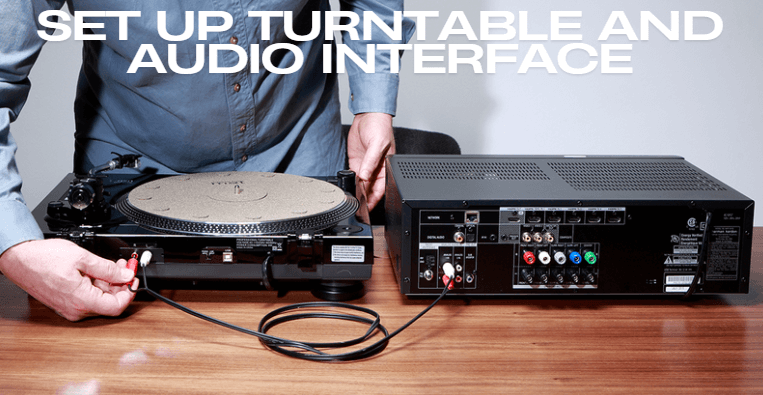
⭐ For USB Turntables:
-
Connect your USB turntable directly to your computer using a USB cable.
-
Install any required drivers(if necessary).
⭐ For Traditional Turntables:
-
Connect your turntable to a phono preamp(if it doesn't have one built-in).
-
Connect the preamp to an audio interface(such as the Focusrite Scarlett 2i2).
-
Use a USB or RCA cable to connect the interface to your computer.
2️⃣ Choose and Set Up Your Recording Software
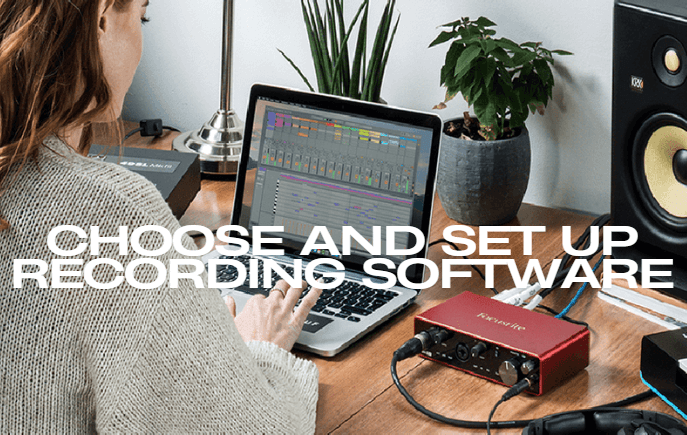
⭐ Download & install recording software(Audacity, VinylStudio, or Adobe Audition).
⭐ Set your audio input in the software(USB turntable or audio interface).
⭐ Adjust recording settings:
-
Sample Rate: 44.1kHz(CD Quality) or 96kHz(High Resolution)
-
Bit Depth: 16-bit(Standard) or 24-bit(High Quality)
3️⃣ Clean Your Vinyl Record
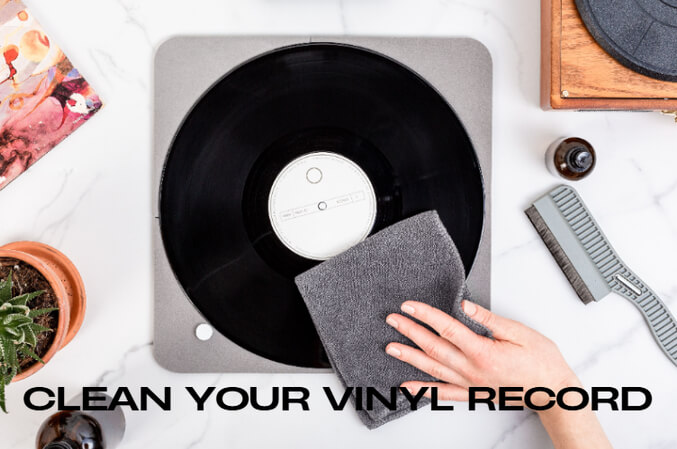
⭐ Use an anti-static brush to remove dust and dirt.
⭐ For deep cleaning, use a record cleaning solution and microfiber cloth.
⭐ Ensure your stylus(needle) is clean to avoid unwanted noise.
4️⃣ Start Recording
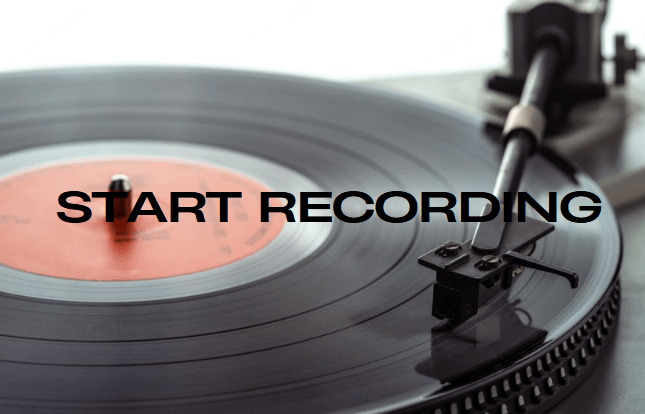
⭐ Place the vinyl on the turntable and start playback.
⭐ Press the record button on your software to capture the audio.
⭐ Monitor the volume levels to prevent distortion(keep levels below 0 dB).
⭐ Once the record finishes playing, stop the recording and save the file.
5️⃣ Edit and Enhance Your Recording

⭐ Remove background noise using the noise reduction tool in Audacity or Adobe Audition.
⭐ Split tracks manually or use VinylStudio for automatic track separation.
⭐ Normalize audio levels to ensure consistent volume.
⭐ Trim silence & adjust EQ settings for better sound quality.
6️⃣ Export & Save Your Digital Files
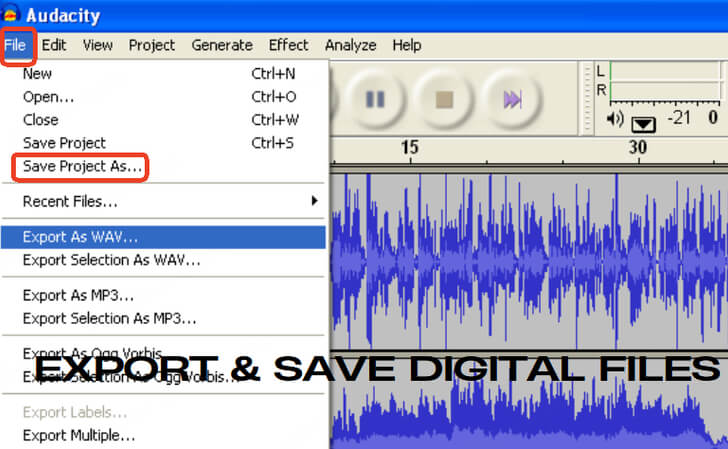
⭐ Choose your preferred format:
-
MP3(Small file size, good for mobile & streaming)
-
FLAC(Lossless quality, best for archiving)
-
WAV(Uncompressed, high quality)
⭐ Name your files properly(e.g., Artist - Album - Track Name).
⭐ Organize your digital library and store backups on an external hard drive or cloud.
7️⃣ Enjoy & Share Your Digitized Vinyl Collection!
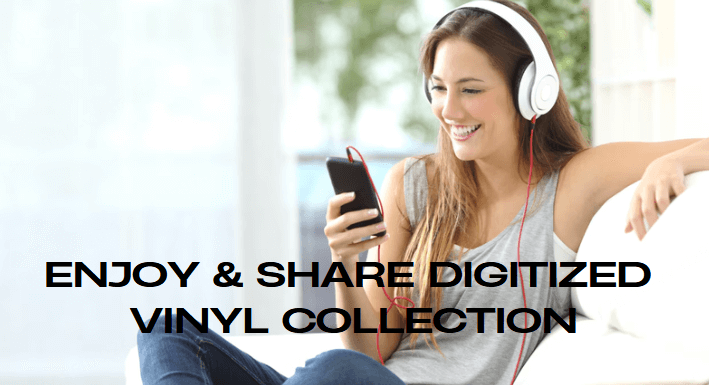
⭐ Transfer your files to your phone, music player, or streaming service.
⭐ Create playlists of your digitized records.
⭐ Share high-quality recordings with friends or keep them safe for the future!
Part 4:Bonus: Best Tool for Generating Royalty-Free Music
After successfully recording vinyl to digital, you might want to expand your music library with royalty-free music for personal or commercial use.
Here's a best tool for generating royalty-free music and how you can use it to complement your vinyl recordings.
Musicful offers a simple interface where you can enter some words: input lyrics, select a genre or mood; enter description, and instantly generate music you want.
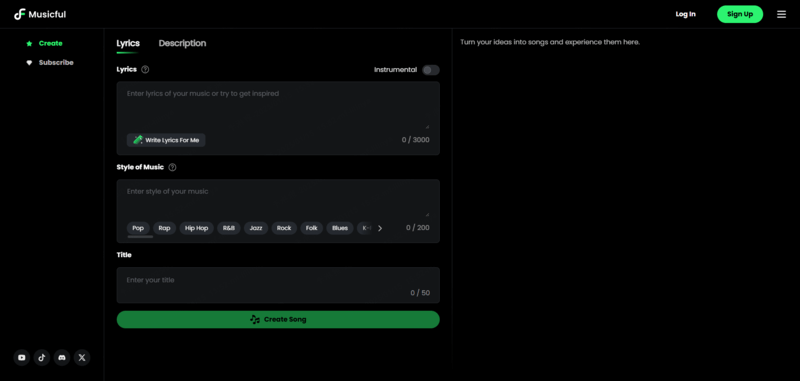
Key Features:
⭐ Generate music with lyrics or description.
⭐ Without music skills.
⭐ Supports all kinds of genres, like 8-bit, k-pop, country, etc.
⭐ Try for free.
⭐ Download in MP3 or MIDI format.
Check this great funk music I made below!
Part 5:FAQ about Best Vinyl to Digital Converter
1. What is the best way to convert vinyl to digital?
The best way to convert vinyl to digital depends on your budget and desired sound quality. Here's a step-by-step approach:
-
Use a USB Turntable: The easiest option for beginners. Connect it directly to your computer.
-
Use a Traditional Turntable + Audio Interface: For higher quality, use an external phono preamp and an audio interface(e.g., Focusrite Scarlett 2i2).
-
Record with Software: Use Audacity(free) or VinylStudio(paid) to capture and edit audio.
-
Clean & Enhance Audio: Remove noise, normalize volume, and split tracks. Export in High-Quality Format: Use FLAC for lossless storage or MP3 for portability.
2. Is it worth digitizing vinyl?
Yes, it is worth digitising your vinyl collection, especially if you want to
-
Preserve rare or vintage records that may deteriorate over time.
-
Listen to your vinyl collection on digital devices wherever you are.
-
Protect your records from scratches and wear.
-
Create custom playlists of your favourite vinyl tracks.
-
Remaster old recordings by improving sound quality.
While vinyl has a warm, rich sound, digital conversion allows you to enjoy your collection without physical limitations.
3. How do I digitise my vinyl records?
To digitise vinyl records, follow these steps
1️⃣ Set up your turntable(USB or traditional with an audio interface).
2️⃣ Connect to your computer using USB or RCA cables.
3️⃣ Use software such as Audacity or VinylStudio to record the sound.
4️⃣ Play the recording and record the sound in real time.
5️⃣ Edit the recording(remove noise, normalise volume and split tracks).
6️⃣ Export to MP3, WAV or FLAC and organise your files.
With the right tools and software, converting vinyl to digital is easy and rewarding.
4. How do I transfer a vinyl record to my computer?
To transfer a vinyl record to your computer, you'll need
-
A USB turntable(easiest) or a turntable + audio interface.
-
A phono preamplifier(if you have a traditional turntable).
-
Recording software(Audacity, VinylStudio, Adobe Audition).
Steps:
1️⃣ Connect the turntable to your computer via USB or audio interface.
2️⃣ Set up your recording software and adjust input settings.
3️⃣ Play the vinyl and press record on your software.
4️⃣ Save the recording in the format of your choice(MP3, FLAC, WAV).
5️⃣ Store & back up your digital files for easy access.
Follow these steps to convert vinyl to digital and enjoy your records in a modern format!
Conclusion
Digitizing vinyl records ensures that they are preserved forever, while making them easier to play on today's devices.
With this guide, you know how to digitize vinyl records, so start converting your favourite records today!
You can also use Musicful to make your own music, upload it to streaming platforms and become the next musician!


